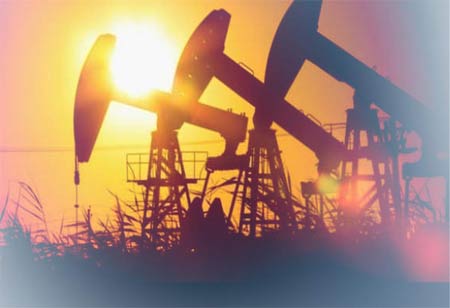Thank you for Subscribing to Energy Business Review Weekly Brief
Trends in Environmental Sustainability and Energy Usage
In order to improve sustainability, the energy industry has seen the creation of a wide range of technologies and methods of operation in all aspects of the energy system's production, transmission, distribution, storage, and maintenance.

By
Energy Business Review | Thursday, March 23, 2023
Stay ahead of the industry with exclusive feature stories on the top companies, expert insights and the latest news delivered straight to your inbox. Subscribe today.
The data centre industry's leader in the coming year will follow energy sustainability, with more companies implementing similar efforts to improve their own energy-efficiency standings.
FREMONT, CA: In order to improve sustainability, the energy industry has seen the creation of a wide range of technologies and methods of operation in all aspects of the energy system's production, transmission, distribution, storage, and maintenance. The common goal of each innovation is to increase the use of renewable and distributed energy resources (DERs), reduce reliance on fossil fuels for energy, and improve overall energy efficiency. All such actions, once taken together, aim to create a more sustainable future for the energy sector and the world as a whole.
Electric infrastructure transformation
Utility and energy-production, transmission, and distribution industries are undergoing a pivotal transformation towards more sustainable energy solutions. Electric infrastructure is shifting to a more decentralised model as a result of several timely factors, as well as a variety of changes and innovations.
• Regulatory modifications Because of new global regulatory requirements that are creating solutions and imposing challenges on various areas of the developing energy infrastructure, distribution networks are undergoing fundamental changes.
• The energy industry is transitioning to a more distributed infrastructure for utility management and control, and the operations and control sector must keep all systems operational while undergoing a massive transformation.
• Low-carbon technologies for clean energy production, transmission, and distribution are rapidly evolving and the incorporation of renewable and distributed energy resources, as well as other smart technologies, into the energy system.
Energy-water nexus
All energy systems require some amount of water to generate energy, whether they use low-carbon sources like wind or solar or high-carbon sources like natural gas, coal, or oil. Thermoelectric power plants that use large amounts of energy consume massive amounts of water. Minimal renewable energy sources, such as photovoltaic (PV) solar and offshore wind, require little water and refer to water-saving strategies as well as a general shift away from this type of energy production in favour of limited, low-water alternatives.
Energy efficiency
The use of less energy to complete the same tasks or achieve the same goals is referred to as energy efficiency. This can be accomplished by utilising technologies such as lighting fixtures, HVAC systems, and improved building practices. Turning off lights when not in use, turning off appliances when not in use, using automatic timers for equipment, and using energy-efficient appliances can all help with efficiency. By implementing energy-saving techniques, businesses can save money on utility bills while also reducing their environmental impact.






